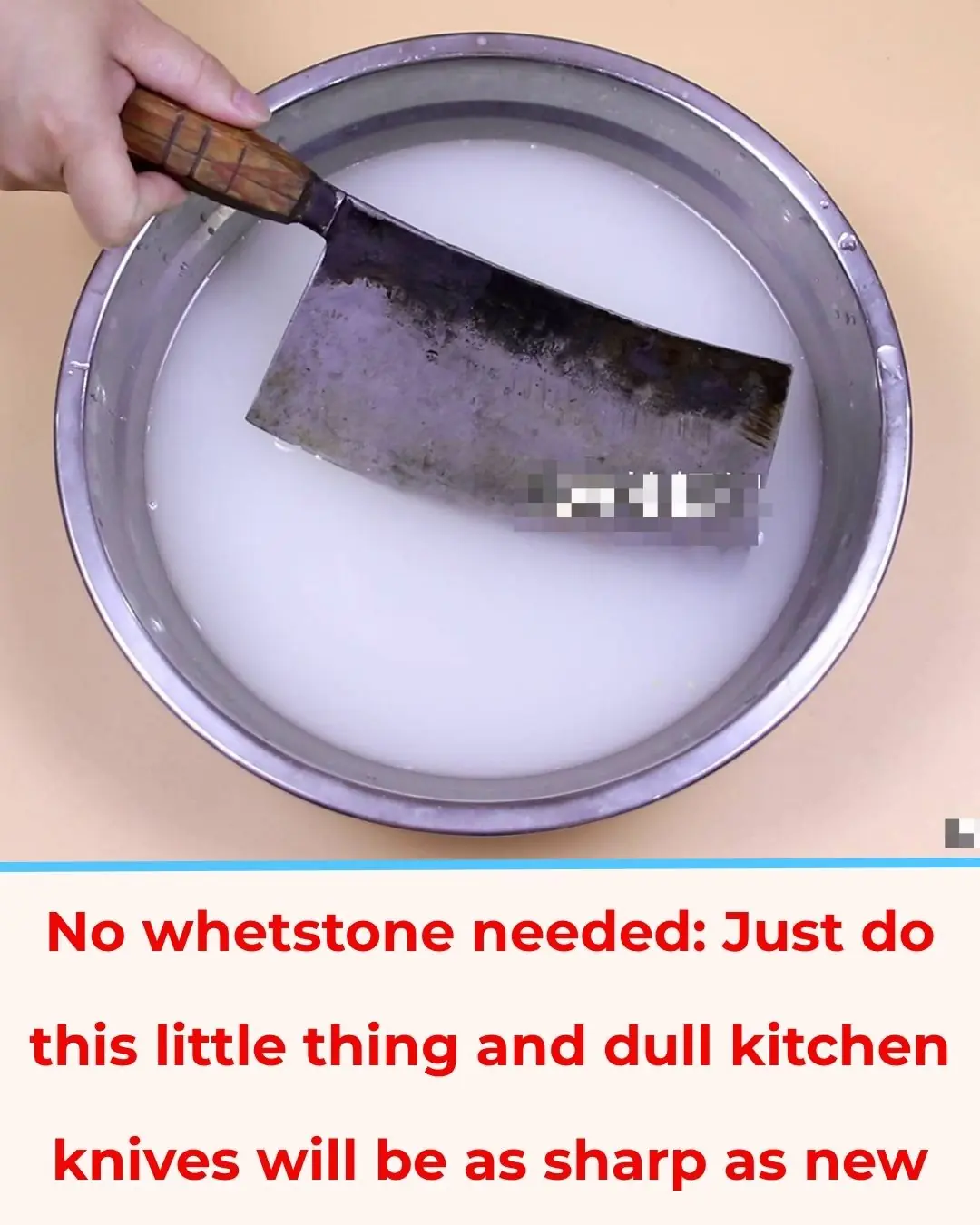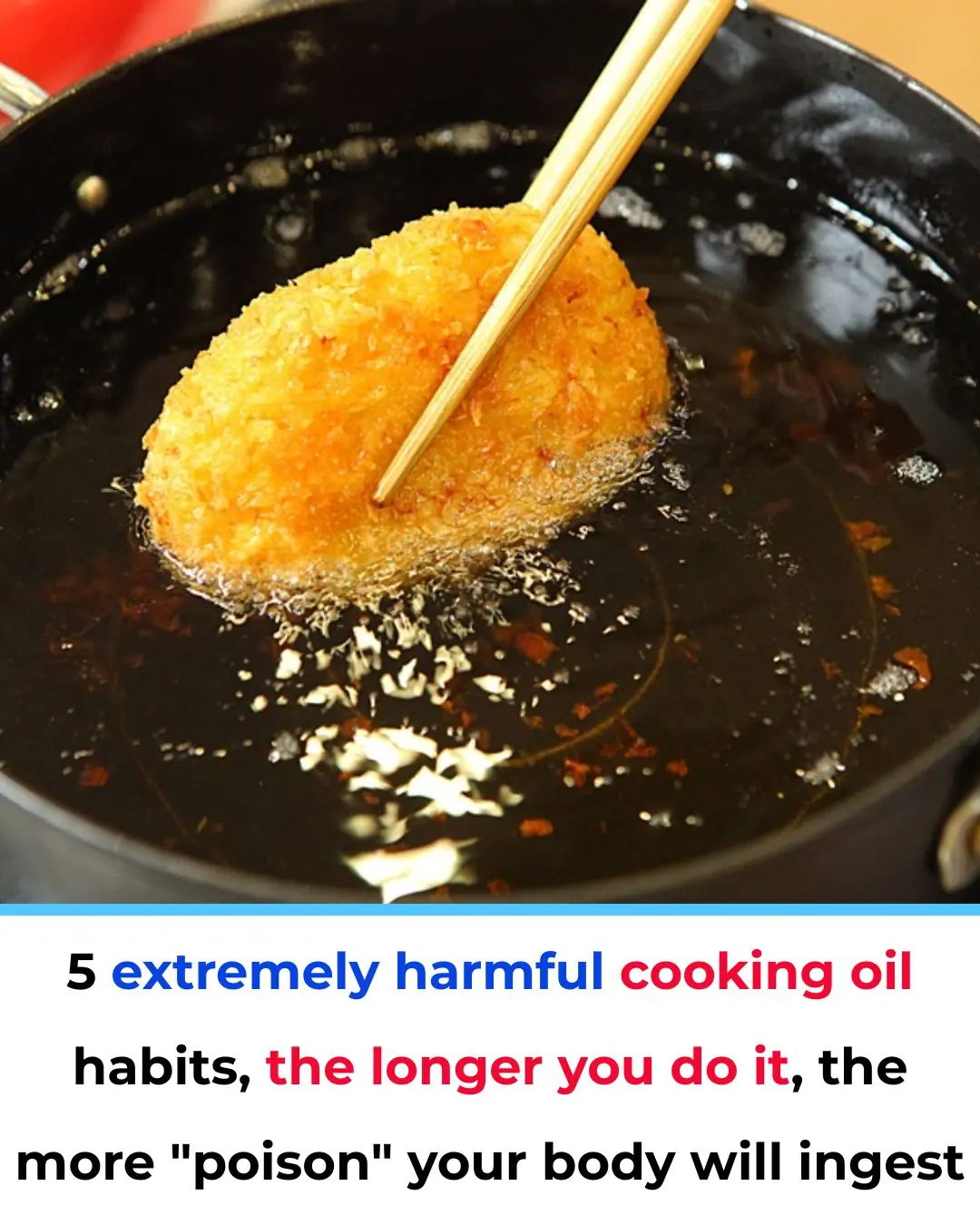
Chef reveals: To boil crispy, crunchy, non-bitter white pig intestines, you only need one ingredient.

Chef’s Secret: How to Boil Pork Intestines Until They’re White, Crunchy, and Never Bitter — With Just One Key Ingredient
Although boiled pork intestines aren’t exactly recommended by nutritionists for regular consumption, they remain an irresistible favorite for many. The dish may seem simple, but to achieve that perfect chewy texture, clean flavor, and snow-white appearance, you need more than just boiling water — you need the right technique and one essential ingredient.
Choosing Fresh and High-Quality Pork Intestines
The foundation of a delicious plate of boiled intestines starts with selecting good-quality pork intestines. Avoid those with very thin walls or any sections that release yellowish liquid when squeezed — these are usually bitter and tough after cooking. Similarly, stay away from pieces that look dark, contain blood streaks, or have a strange odor.
For the best result, choose the upper section of the intestine, as this part is thicker, crispier, and has a more pleasant texture. Look for intestines that are firm, plump, and pale pink, with milky-white liquid inside when gently pressed. These are signs of freshness. Because the best parts sell out quickly, try to visit the market early in the morning or ask your trusted butcher to reserve some for you.
Proper Cleaning Makes All the Difference
Cleaning pork intestines is the most crucial step in ensuring your dish is clean, fragrant, and free from unpleasant smells. Since intestines are part of the animal’s digestive system, they naturally contain waste residue and bacteria. However, it’s important not to over-scrub them — excessive rubbing will make the intestines rubbery and tough.
Start by trimming off any excess fat surrounding the intestines. Place them in a large bowl, then add 2 tablespoons of vinegar and 1 tablespoon of coarse salt. Gently squeeze and rinse until the slimy coating and impurities are removed. You can flush clean water through the inside of the intestines to wash away any remaining residue, but avoid twisting or pulling too harshly.
Next, soak the intestines in a mixture of lemon juice and crushed ginger for about 20 minutes. This helps neutralize any lingering odors and gives the intestines a refreshing aroma. For extra cleanliness, briefly blanch the cleaned intestines in boiling water for about 15 seconds, then rinse again with cool water.
Another effective method is using flour and salt. Turn the intestines inside out, sprinkle them with all-purpose flour and a bit of salt, and gently rub them for a few minutes. The flour will absorb the slime and any remaining dirt. Finally, rinse thoroughly under running water, then wash again with lemon juice to ensure they’re completely odor-free.
The Perfect Boiling Technique
Prepare a bowl of cool water mixed with a few drops of lemon juice or a bit of alum (phèn chua). You’ll use this to soak the intestines right after boiling.
Bring a large pot of water to a rolling boil before adding the intestines — never start them in cold water. This is the secret to keeping the intestines white, slightly crunchy, and tender. Boiling them directly in hot water seals in the juices and prevents bitterness.
Let them cook for 2–3 minutes, just until they turn light pink. Then immediately remove them and place them into the bowl of cool lemon water you prepared earlier. This step locks in the bright color and crisp texture. The total cooking time is usually 7–10 minutes, depending on the quantity and thickness of the intestines.
For young intestines (lòng non), just a few minutes of boiling is enough. Overcooking will cause them to shrink and toughen. Once done, transfer them to a bowl of cool water with a few ice cubes and a pinch of alum. Let them sit until completely cool, then slice into bite-sized pieces.
Pro Tips for Success

-
The key is speed — once the intestines are just cooked through, remove them immediately.
-
Do not overcook; this is the number one reason why intestines turn rubbery.
-
Adding ginger or a splash of rice wine to the boiling water can further enhance aroma and flavor.
-
When serving, pair your boiled intestines with a dipping sauce made of fermented shrimp paste, chili, lime juice, and minced garlic — the traditional and most beloved combination.
With this method, you’ll have a plate of pork intestines that are snow-white, crisp on the outside, tender on the inside, and completely free of any bitterness or odor — the way professional chefs make it.
News in the same category


You are doing it all wrong. Here’s the right way to defrost your freezer

This is new information to me!

You are doing it all wrong. Here’s the right way to store winter coats

You are doing it all wrong. Here’s the right way to clean winter boots

Why should you bury garlic in a rice bin? Special benefits, every home needs it

Washing machine smells bad, mold appears: Do this to clean it, save money calling a technician

Rice cookers have 4 places that need to be cleaned regularly, the cleaner they are, the less electricity they use.

7 safe and effective ways to get rid of ants from your house. Anyone with a lot of ants should learn from these.

3 ways to make delicious green chili sauce and red chili sauce that everyone can learn

Growing chili peppers with only plain water: The plants are stunted and yellow, using this water will produce heavy fruit.

Tips to drive cockroaches out of your house with easy-to-find ingredients, effective and extremely safe

No Need for a Sharpening Stone: Just One Simple Trick to Make Your Dull Kitchen Knife as Sharp as New

My nana taught me this hack to make hair shiny in 3 mins with 0 work. Here’s how it works

🕷️ Say Goodbye to Pests: A Natural Bathroom Trick That Helps Repel Insects

You are doing it all wrong. Here’s the right way to store batteries

Haven't heard that before

My nana taught me this hack to remove oven grease in 4 mins with 0 work. Here’s how it works

Lady places cup of vinegar into microwave. Here’s the genius reason why
News Post

You are doing it all wrong. Here’s the right way to clean your coffee maker

You are doing it all wrong. Here’s the right way to defrost your freezer

This is new information to me!

You are doing it all wrong. Here’s the right way to store winter coats

You are doing it all wrong. Here’s the right way to clean winter boots

Why should you bury garlic in a rice bin? Special benefits, every home needs it

Washing machine smells bad, mold appears: Do this to clean it, save money calling a technician

Rice cookers have 4 places that need to be cleaned regularly, the cleaner they are, the less electricity they use.

7 safe and effective ways to get rid of ants from your house. Anyone with a lot of ants should learn from these.

3 ways to make delicious green chili sauce and red chili sauce that everyone can learn

Growing chili peppers with only plain water: The plants are stunted and yellow, using this water will produce heavy fruit.

Tips to drive cockroaches out of your house with easy-to-find ingredients, effective and extremely safe

Ghost the Giant Pacific Octopus Captures Hearts in Her Final Moments

Collagen booster night cream!!

How China is Reshaping Online Influence Through New Rules

5 Extremely Harmful Cooking Oil Habits That Slowly Poison Your Body

No Need for a Sharpening Stone: Just One Simple Trick to Make Your Dull Kitchen Knife as Sharp as New

My nana taught me this hack to make hair shiny in 3 mins with 0 work. Here’s how it works
